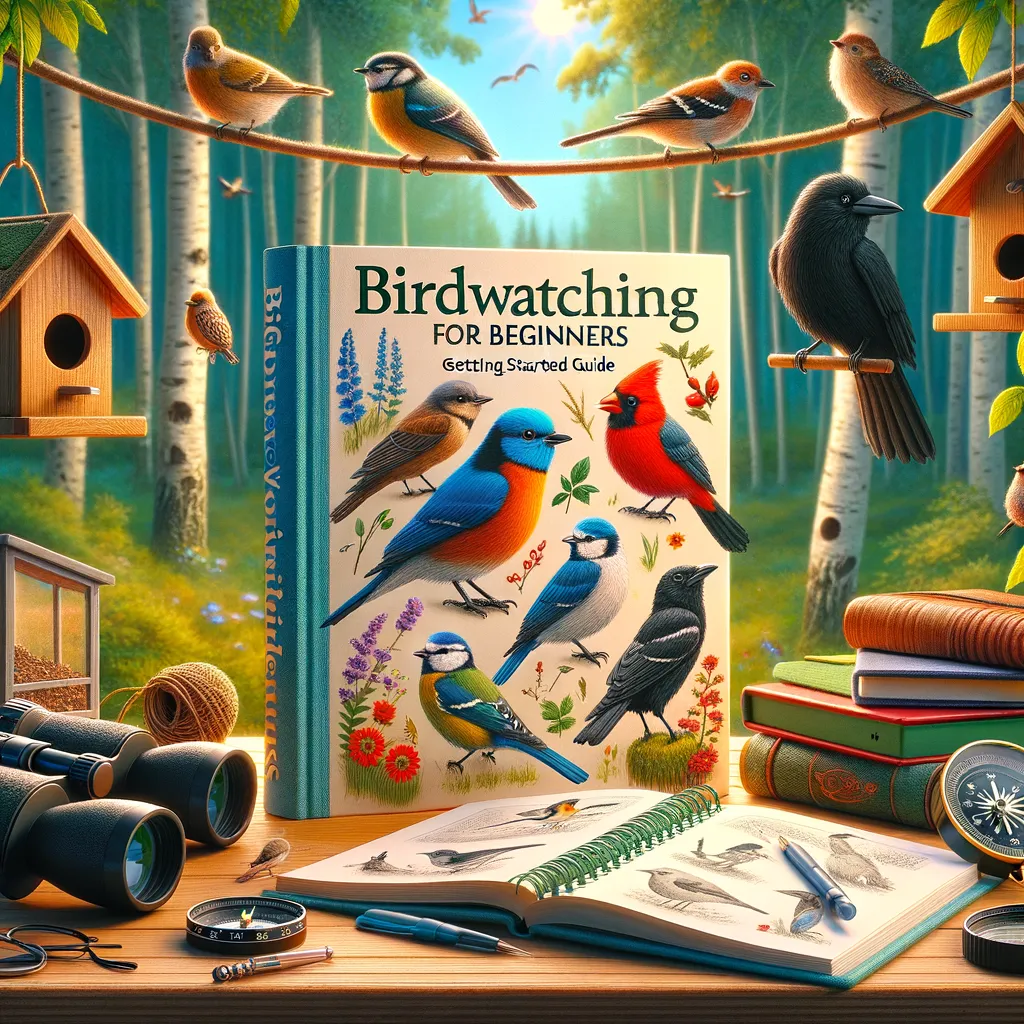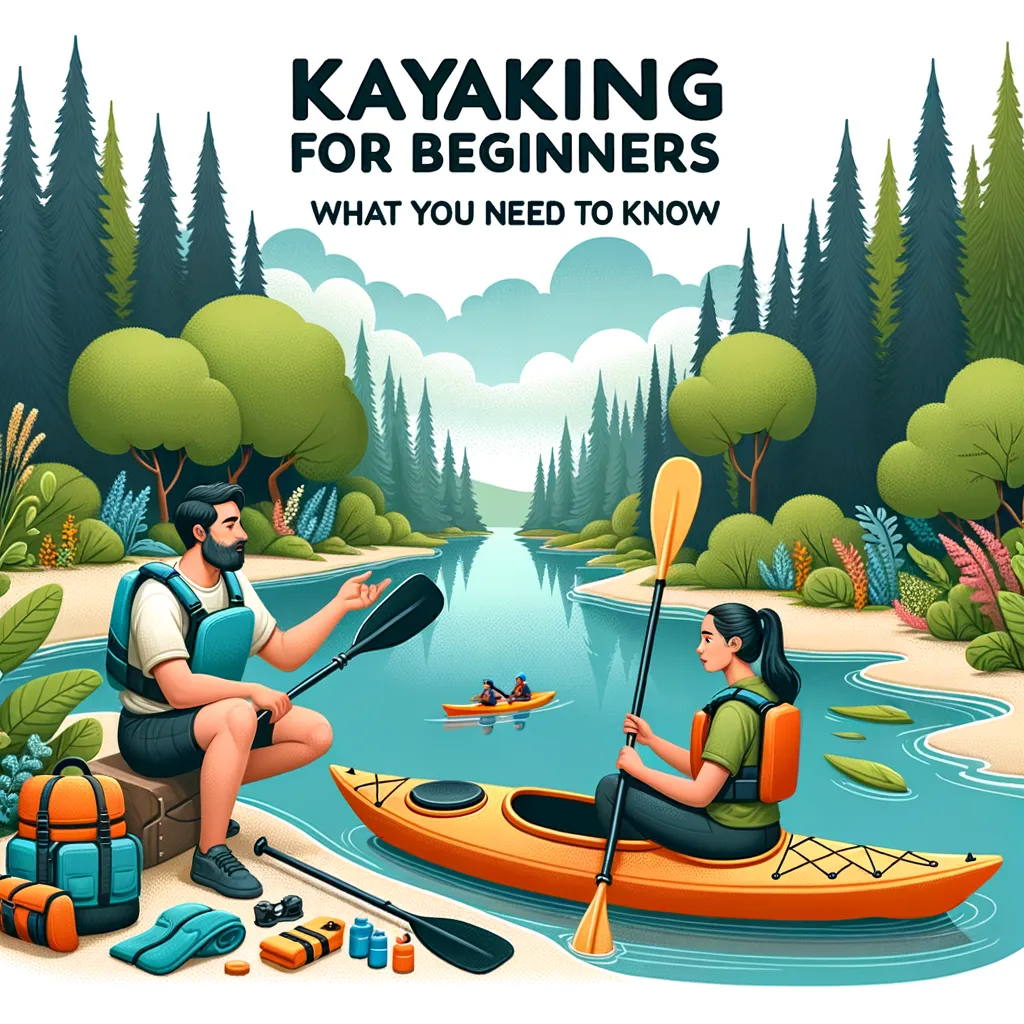Birdwatching for Beginners: Getting Started Guide for Parents
Welcome to the fascinating world of birdwatching! If you’re a parent looking to embark on an exciting outdoor adventure with your kids, birdwatching—an activity that’s both engaging and educational—might be the perfect choice. This beginner’s guide is designed to help you and your young ones get started on your birdwatching journey, making sure you have all the fun while learning about the avian wonders in your backyard and beyond.
Why Birdwatching Is Great for Families
Birdwatching, or birding, is not just a hobby; it’s a way to connect with nature, spend quality time together as a family, and instill a sense of curiosity and conservation in your children. It encourages patience, attentiveness, and respect for wildlife and the environment. Furthermore, it can be done almost anywhere—from urban settings to wilderness areas—and requires minimal equipment to get started.
Getting Equipped: The Basics
- Binoculars: A good pair of binoculars is your most important tool in birdwatching. They don’t have to be expensive but should be comfortable for both you and your children to hold and use.
- Field Guide: A field guide to birds in your area will help you identify the species you see. Opt for one with clear illustrations or photographs and easy-to-read information.
- Notepad and Pencil: Encourage your children to jot down or sketch the birds they see, noting any distinctive features or behaviors. It’s a great way to keep them engaged and learning.
- Camera: If possible, bring along a camera. Photographing birds can be a thrilling part of the experience, allowing you and your kids to capture memories and identify birds later on.
Choosing the Right Spot
One of the beauties of birdwatching is that you can start right in your own backyard. Many common bird species visit urban and suburban areas, making them easily accessible for beginners.
- Start by observing your backyard or nearby parks.
- Look for natural habitats like woods, lakes, and fields, as they tend to attract a wider variety of birds.
- Use local birding guides or online resources to find birdwatching spots and trails in your area.
Best Times for Birdwatching
The early morning or late afternoon are typically the best times for birdwatching since most bird species are more active during these times of the day. However, the best time can also depend on the season and the specific behavior patterns of the birds in your area.
Making Birdwatching Fun and Educational for Kids
Keeping kids interested and engaged is key to a successful birdwatching experience. Here are some tips:
- Turn it into a game. See who can spot the most birds or the most species.
- Encourage them to use their senses. Listening for bird calls and songs can be as rewarding as spotting the birds themselves.
- Let them use the equipment. Teach your children how to use binoculars and the field guide, making them feel like an essential part of the experience.
- Be patient and flexible. Allow your children to explore and discover at their own pace.
Birdwatching is a wonderful way for families to explore the natural world together, developing a deeper appreciation for nature and wildlife. With the tips in this guide, you and your children are well on your way to discovering the joys of birding. It’s an activity that not only promises adventure and learning but also the opportunity to create lasting memories together. So grab your binoculars, pack your bag, and step outside—the birds are waiting.

Birdwatching for Beginners: A Comprehensive Guide for Parents
Delve into the enchanting world of birdwatching with your family and discover a hobby that offers endless opportunities for adventure and learning. Birdwatching, or birding, is not simply an activity; it’s a gateway to connecting with nature, fostering curiosity, and spending invaluable time with your children. This comprehensive guide provides an easy-to-follow introduction for parents eager to begin their birdwatching journey. Here, we highlight five essential tips to ensure you’re well-prepared for your birdwatching adventure.
Why Birdwatching Is a Stellar Choice for Families
Birdwatching stands out as an exceptional family activity for numerous reasons. It serves as a gentle introduction to wildlife conservation, teaches patience, enhances focus, and can be enjoyed almost anywhere. Whether in the heart of the city or the tranquility of nature, birding offers a versatile, low-cost hobby with the power to bond your family closer together while learning about the ecosystems that surround them.
Essential Gear for Budding Birdwatchers
- Child-Friendly Binoculars: Investing in a lightweight and durable pair of binoculars suitable for children is key to ensuring they remain interested and engaged in spotting birds.
- Interactive Field Guide: A colorful, interactive field guide can captivate young minds, making bird identification both fun and educational.
- Digital Camera or Smartphone: Encouraging kids to take pictures of birds can enhance their observational skills and allow for future identification and reflection.
- Journal: A simple notebook for drawing or noting down bird sightings encourages attentiveness and memory recall.
- Weather-Appropriate Clothing: Ensure the entire family is dressed for success by checking the weather and preparing for changes, making the experience comfortable and enjoyable.
Five Things Parents Should Know Before Embarking on Birdwatching
- Local Birds Matter: Begin with birds that are common in your area. This approach helps build interest and excitement without the overwhelm of rare species.
- Engagement Over Perfection: The goal is to foster an enjoyment of nature, not to identify every bird perfectly. Celebrate the enjoyment of the experience itself.
- Respect Wildlife: Teach children the importance of observing from a distance, not disturbing habitats, and being silent observers.
- Patience is Key: Birding requires waiting quietly, which can be challenging for kids. Introduce the concept gradually, with short sessions that grow as their attention span does.
- Conservation Begins with Awareness: Use birdwatching as an opportunity to discuss the importance of environmentally friendly practices and habitat conservation with your children.
Choosing the Perfect Location
Starting in your own backyard or a nearby park is ideal for your first birdwatching outings. Look for areas with diverse plants, as these are likely to attract various bird species. Keep an eye out for water sources such as ponds or streams, which are hotspots for bird activity.
Optimal Times for Birdwatching
While early morning and late afternoon are generally best for bird activity, the most important factor is consistency. Regular outings will not only increase your chances of spotting birds but also help establish a routine that makes birdwatching an anticipated family activity.
Maximizing the Educational Value for Children
Use birdwatching as a platform for broader lessons about nature, science, and even geography. Encourage questions, and if you don’t know the answers, enjoy the process of researching and learning together. The goal is to nurture a lifelong interest and respect for the natural world.
Birdwatching as a family doesn’t just bring you closer to nature; it strengthens familial bonds through shared experiences and discoveries. It’s an affordable, accessible, and profoundly rewarding way to introduce your children to the joys of the natural world. By following the tips in this guide, you are setting the stage for countless adventures and learning opportunities. So, gather your gear, engage your sense of wonder, and open the door to the captivating world of birds. The memories you create will last a lifetime, enriching your family’s connection to the planet we all call home.
Find more tips on the Outoors. Find camping spots
Disclaimer
The articles available via our website provide general information only and we strongly urge readers to exercise caution and conduct their own thorough research and fact-checking. The information presented should not be taken as absolute truth, and, to the maximum extent permitted by law, we will not be held liable for any inaccuracies or errors in the content. It is essential for individuals to independently verify and validate the information before making any decisions or taking any actions based on the articles.




